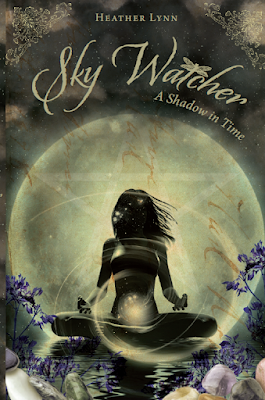Avalon: The Land of Myth and Legend
‘The Mists of Avalon’, by Marion Zimmer Bradley were the first books I ever read about the Arthurian Legends, after that I developed an uncontrollable passion for the theme and read everything I could possibly lay my hands on the topic. It wasn’t my first love. My first love was the Trojan War and began when I was reading the ‘Firebrand’ by the same author. Then, of course, I developed an immense crush on all the characters of the story. It was so great that I ended up reading the Iliad, and then the Odyssey and everything in between from fact to fiction. Yet, today, folklore friday is about the mystical island of Avalon, where the legendary sword Excalibur was forged and King Arthur was laid to rest.
Avalon is often depicted as a separate realm or a hidden land beyond the mortal world, therefore its precise location is an ongoing matter of debate and interpretation, with numerous legends placing it in different locations such as England or Wales. This mystical island is, however, strongly connected to the Arthurian tales as it is said to be the place where King Arthur was taken to recover from his wounds after the Battle of Camlann, which was fought against his nephew Mordred. Yet most importantly, it is the place where Excalibur was forged.
The forging of Excalibur plays a crucial role in the Arthurian legend as it symbolizes, not only, the rise of King Arthur, but also, his destiny as the rightful ruler of Britain. Some legends tell us that Merlin obtained the sword from the Lady of the Lake, a powerful priestess associated with Avalon. In other stories, the Lady of the Lake, herself, presents Excalibur to Arthur as a symbol of his rightful kingship. Still, in the world of myths and legends, this is not the only one. According to other variations of the legend, Excalibur is not initially associated with Arthur, but rather with a slightly different character, and is often referred to as the ‘Sword in the Stone’. In this version the sword is stuck in a stone, and only the true heir to the throne of Britain can remove it. Arthur, a young man unaware of his royal lineage, succeeds in pulling the sword from the stone, thus proving his rightful claim to the throne and earning the title of king.
Nevertheless, regardless of which version we choose to pursue, Excalibur is always depicted as a powerful and magical weapon, imbued with extraordinary qualities. Some say the sword possesses the ability to cut through any material with ease and to bring victory to its wielder in the battlefield. Many others describe it as having a shining blade and being adorned with intricate designs or inscriptions symbolizing its divine origin, but in the end Excalibur represents not only the physical creation of a legendary weapon but also serves as a symbol of Arthur's sovereignty, justice, and divine mandate to rule.
Yet, Avalon is much more than just Excalibur. The name ‘Avalon’ is believed to have Celtic origins, with some scholars suggesting that it may be derived from the Welsh word ‘afal,’ which means "apple." This has also led to many interpretations of Avalon as a symbol of the Celtic Otherworld, a realm of supernatural beings and eternal youth. It is also believed to be the home of the Lady of the Lake, a mysterious and powerful figure who plays a central role in Arthur's story. She is the guardian of Excalibur and the source of wisdom and magical aid for Arthur and his knights.
Concerning the Lady of Lake’s identity, it remains a mystery to this day, but there are many accounts that tell us that her name might have been Nimue, Viviane or Niniane. She is a symbol of feminine power and wisdom in Arthurian legend, and she is often depicted as a strong and assertive character who commands respect and admiration. Then gossips also say that she was romantically entangled with Merlin, and their relationship was complex, full of challenges, and ultimately ended in either tragedy or betrayal.
But the bottom line is that the stories of Avalon, that have been passed down through centuries of oral tradition and literary works, medieval romances, epic poems, and modern adaptations, continue to capture the imagination of writers, artists, and enthusiasts of Arthurian lore to this day.



Comments
Post a Comment